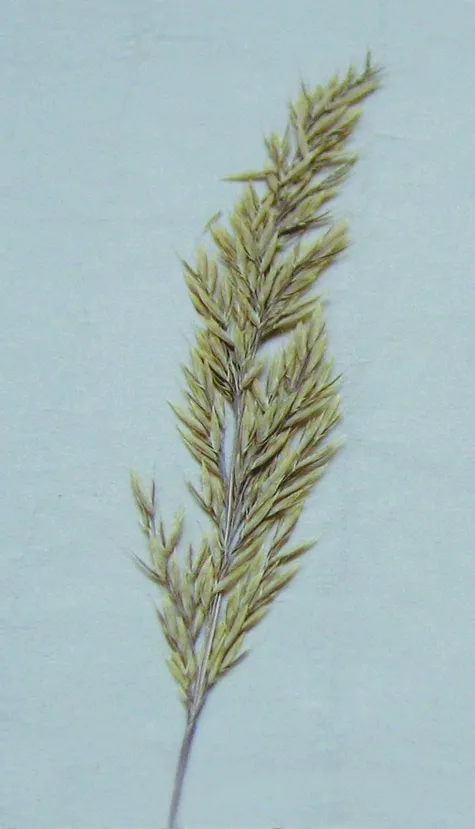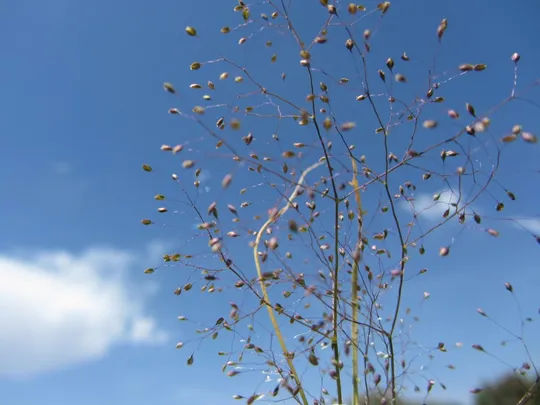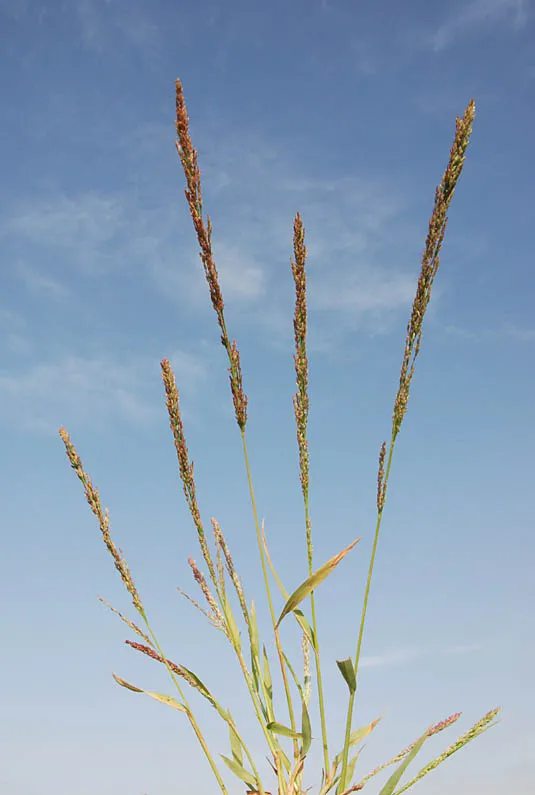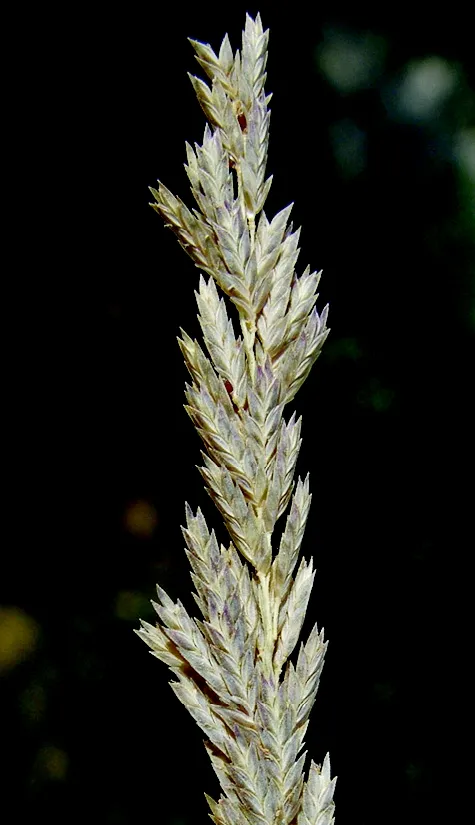Plicate Sweet-grass
Glyceria notata
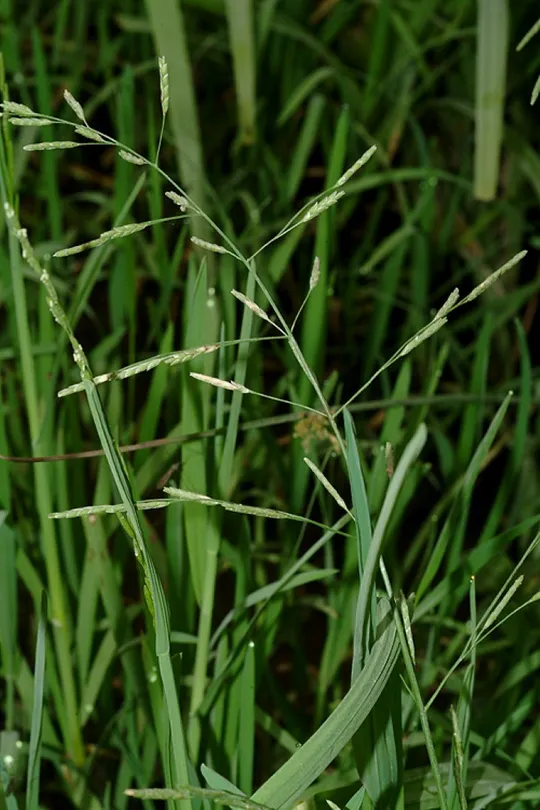
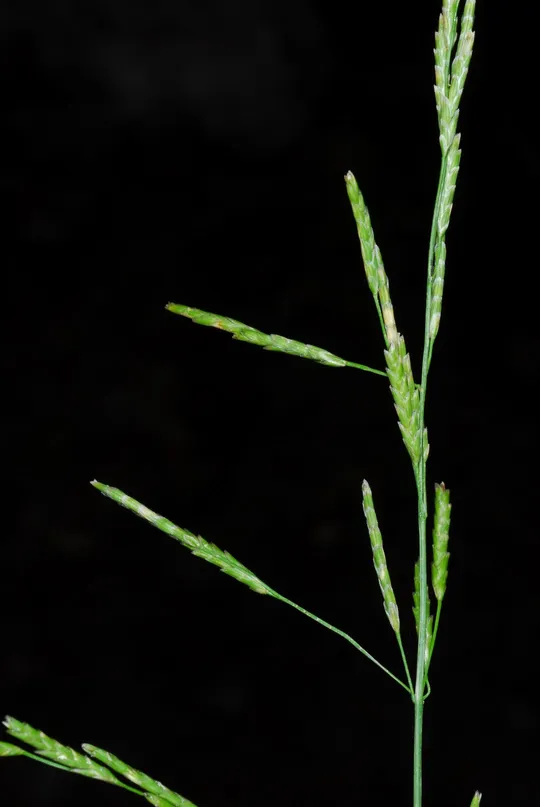
Glyceria plicata is a
preferred grass for livestock grazing; one of the species, G. fluitans
was used in the Native American culture to produce flour used for baking bread;
it is used to this day in Europe as food for fish and birds.
Glyceria plicata grows in the
northern Golan Heights (three sites) and in the Hula Valley (one site) – a
total of four sites. Schmida and Zohary first identified it in Israel from the Yafori
Valley springs on Mount Hermon, in 1971. In the Golan Heights it is known from the Sumka and En a-Tarik springs and was found near the Wasit junction (Yair
Or). Avi Schmida collected the species in the Hula Valley in 1975 at Tel Dan,
and it was seen at Enot Nuhela in a Rotem seminar in 1983. It is almost certainly
extinct from the Tel Dan Reserve (has not been seen there for 34 years!).
Marshes, stream banks, springs and bodies of clear water.
Glyceria
plicata is a northern species that is probably not resistant or adapted to
high temperatures and very hot summers.
Glyceria is a northern
genus that includes 40 species growing in Eurasia and North America. In Europe
there are 10 species and in Turkey five. G. plicata is the most broadly distributed
species and the southernmost one. It is a characteristic example of the
distribution of many northern water plants whose southern global limit is in
the Middle East. The populations of these species become smaller the farther
south they are found, until in northern Israel we find marginal populations that
are at the southernmost limit of the species' range.
G. plicata was not
included in the plant guide published by Eig, Zohari and Feinbrun, nor is it
noted in the Flora Palaestina. The first time it was recorded in the scientific
literature was in 1976, in Zohary’s "A New Analytical Flora of Israel”.
·
Glyceria plicata once grew in two
regions but it is doubtful if it still remains in one of them, the Hula Valley,
and it may be extinct from the sites where it was previously found.
·
Cattle grazing threaten the plants. Visitor
pressure in the Tel Dan Nature Reserve may change the nature of the moist
meadow, which may modify the species composition in it, while leading to local
extinction of the characteristic species of this habitat.
·
G. plicata is supposedly protected in the Nuhela
Springs Reserve and in the Tel Dan Nature Reserve, but it is unclear whether
any plants survived there. In the Golan Heights springs, the species is not
protected in an officially declared reserve.
·
G. plicata is common throughout Europe and the
Mediterranean countries and according to the wetlands survey in the
Mediterranean Basin it is not globally endangered.
Efforts should be
invested to find it again in the Tel Dan Reserve. An urgent survey of the
wetlands on the slopes of Mount Hermon and northeastern Hula Valley should be
conducted to try to locate additional populations and to declare their sites as
reserves to protect the populations. A management program for the Enot Nuhela Reserve
should be implemented. The focus should be on controlling cattle grazing that
destroys very important aquatic plants in Israel, among them G. plicata.
Glyceria plicata is common throughout
Europe, but not north of the Arctic Circle, from the UK and North Africa and
eastward to Central Asia. In the Middle East: Turkey (common at altitudes of 200-2300
meters), Syria, Iraq (very rare, only in the mountains) Lebanon, Iran,
Afghanistan and northern Israel. It is not known from Jordan.
Glyceria plicata is an extremely
rare perennial cereal grass that grows near the springs in the northern Golan
Heights and in northern Hula Valley. It is a northern peripheral species for
which northern Israel is southernmost limit of its range. G. plicata is
vulnerable to cattle grazing and visitor activity in moist meadows. It is not
globally endangered.
Current Occupancy Map
| 1000 squre meter pixel | 5000 squre meter pixel | 10000 squre meter pixel | |
|---|---|---|---|
| number of observations | 0 | 0 | 0 |
| in total pixels | 0 | 0 | 0 |
| Family | Gramineae |
| Classification | On the endangered species list |
| Ecosystem | Mediterranean humid |
| Chorotype | Eastern Mediterranean – Irano - Turanian |
| Conservation Site | Ayun a-Tarik, at Golan Heights |
| Rarity |
1
4
6
|
|---|---|
| Vulnerability |
0
3
4
|
| Attractiveness |
0
0
4
|
| Endemism |
0
0
4
|
| Red number |
1
4.2
10
|
| Peripherality | N |
| IUCN category | DD EW EX LC CR EN VU NT |
| Threat Definition according to the red book | Endangered |
 Based on:
Based on:
